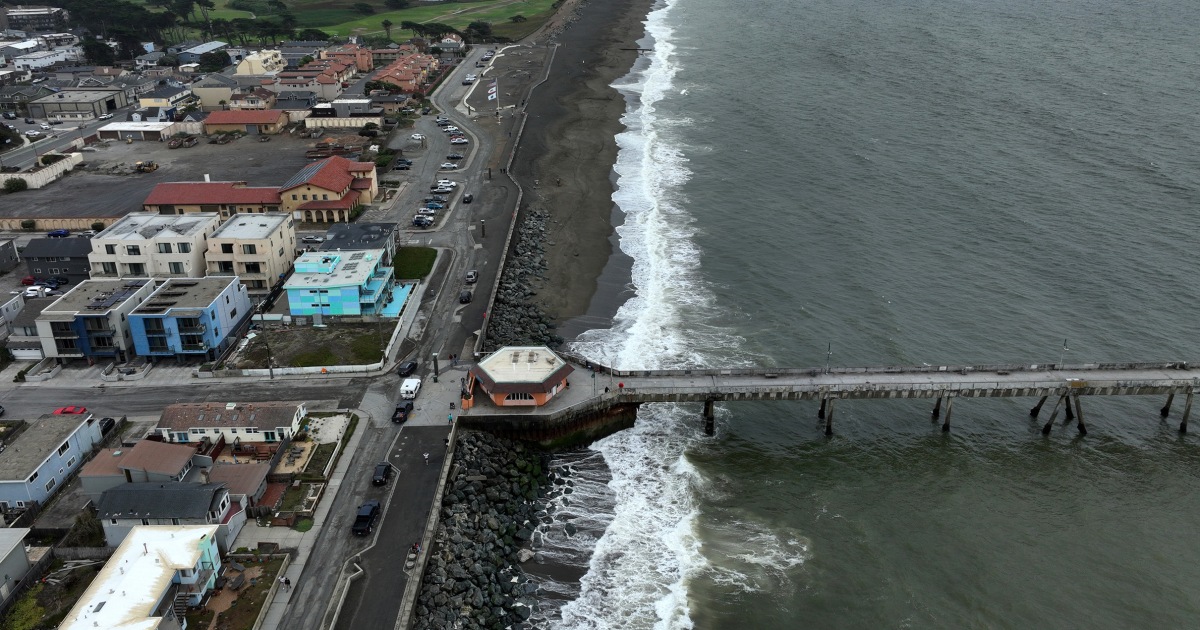What Happened
On July 30, 2025, a magnitude-8.8 earthquake struck off the coast of Russia’s Kamchatka peninsula, generating a tsunami that prompted warnings across the Pacific, including in Hawaii, California, and Washington state. The earthquake was initially reported as magnitude 8.0 but was later upgraded to 8.8 by the U.S. Geological Survey (USGS). The tsunami waves reached the U.S. coast, but reports indicated that they caused minimal damage and no fatalities, leading to discussions about the effectiveness of tsunami forecasting and emergency response protocols.
Despite the relatively benign impact of the tsunami in the U.S., experts emphasized that the warnings and subsequent monitoring were crucial. The tsunami waves that reached Hawaii were measured at approximately 1.5 meters (about 5 feet), which, while not catastrophic, can still pose significant risks, particularly in shallow waters. The event highlighted the importance of preparedness and the effectiveness of the tsunami warning system in mitigating potential disasters.
Key Details
- Earthquake Details: The earthquake occurred off the Kamchatka peninsula, initially recorded at magnitude 8.0 and later revised to 8.8. This magnitude indicates a release of nearly 16 times more energy than an 8.0 quake.
- Tsunami Warnings: Tsunami warnings were issued for various locations, including Hawaii and the U.S. West Coast. The tsunami reached Hawaii approximately eight hours after the earthquake and California about twelve hours later.
- Wave Measurements: The highest wave recorded by a buoy near the earthquake’s epicenter was 90 centimeters (approximately 35 inches), considered significant in tsunami research. In Hawaii, the waves were predicted to reach about 2 meters (6.5 feet) but materialized at around 1.5 meters (5 feet).
- Historical Context: The Kamchatka region has a history of seismic activity, including a devastating 9.0-magnitude earthquake in 1952 that resulted in significant casualties and destruction.
Multiple Perspectives
Experts in seismology and tsunami forecasting provided varying perspectives on the event. Harold Tobin, director of the Pacific Northwest Seismic Network, emphasized that the tsunami warning system worked effectively, stating, “We should count it as a win that a tsunami occurred, we got a warning and it wasn’t the worst-case scenario.” This view underscores the importance of preparedness and the role of accurate forecasting in preventing loss of life.
Conversely, some may argue that the minimal impact of the tsunami could lead to complacency among the public regarding future warnings. Tobin cautioned against this mindset, asserting that warnings must err on the side of caution to ensure public safety. Yong Wei, a tsunami modeler, pointed out that even smaller tsunami waves can be dangerous, particularly in coastal areas where they can create strong currents and surge inland.
Context & Background
The Kamchatka peninsula is situated along the Pacific Ring of Fire, an area known for its high seismic activity due to tectonic plate movements. The region has experienced numerous significant earthquakes, making it a focal point for seismic research. The recent earthquake and tsunami event serves as a reminder of the potential risks associated with living in proximity to active fault lines.
The U.S. West Coast, particularly the Cascadia subduction zone, poses similar risks. Experts noted that an earthquake of comparable magnitude in this region could produce even larger tsunami waves, potentially reaching heights of up to 100 feet. This scenario emphasizes the need for continued investment in tsunami forecasting technology and infrastructure to enhance preparedness for future events.
What We Don’t Know Yet
While the immediate impacts of the tsunami have been assessed, ongoing investigations are needed to fully understand the extent of the flooding and damage in affected areas, particularly in Hawaii. Reports are still being compiled, and the effectiveness of the tsunami forecast models will be evaluated as more data becomes available.
Additionally, researchers are exploring the mechanisms behind the earthquake and tsunami, including the seafloor displacement that occurred during the event. Understanding these factors will be crucial for improving future forecasting and response strategies.
In summary, while the recent earthquake off Kamchatka resulted in a tsunami that caused minimal damage in the U.S., it highlighted the effectiveness of the tsunami warning system and the importance of preparedness in mitigating the risks associated with seismic events. Continued research and investment in monitoring technology will be essential for enhancing public safety in the face of future natural disasters.


